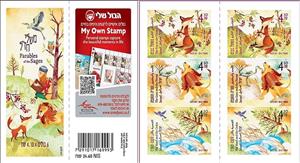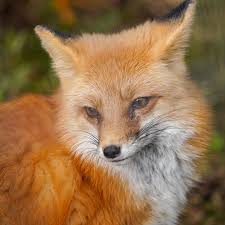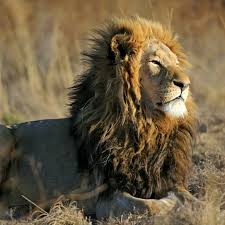Booklet: Parables of the Sages (Israel 2016)
Parables of the Sages (Israel 2016)
13 September (Israel ) within release Parables of the Sages goes into circulation Booklet Parables of the Sages face value 26.20 Israeli new shekel
| Booklet Parables of the Sages in catalogues | |
|---|---|
| Michel: | Mi: IL 2533-2535MH |
| Israel Philatelic Federation: | Isr: IL 2412B |
Booklet is square format.
In Rabbinic literature, in both the Babylonian and Jerusalem Talmuds and the midrashim, we find many parables—some relating to plant life and others to animal life. These are, in fact, fables: very short stories in which plants or animals speak, feel, and act as humans in every way. The stories have a moral and teach a lesson. The Sages called these stories "fox parables" or "palm parables". Examples of this literary genre already existed in the Bible: the parable of Yotam (Judges 9:7-20), the parable of the Thistle and the Cedar (2 Kings 14:9-10) and the parable of the Vineyard (Isaiah 5:1-7). Fables were well-known in ancient Babylon, and Babylon seems to have been where the Story of Ahikar, a collection of parables, was created. That book was translated into many languages, including Syriac, Arabic, Aramaic and Greek. Fables flourished in Ancient Greece, where Aesop's Fables originated. The first anthology attributed to Aesop was known as early as the 3rd century BCE. The broad contacts between Greek and Israelite cultures in the Hellenistic period brought Aesop’s fables into our literature as well. The three stamps in this series are based on the Parables of the Sages, which are notably similar to some of Aesop's Fables.Also in the issue Parables of the Sages:
- Stamp - The Lion and the Heron face value 4.10;
- Stamp - The Fox in the Vineyard face value 4.10;
- Stamp - The Reed and the Cedar face value 4.10;
- Stamp - The Fox in the Vineyard face value 4.10;
- Mini Sheet - The Fox in the Vineyard face value 32.80;
- Stamp - The Lion and the Heron face value 4.10;
- Mini Sheet - The Lion and the Heron face value 32.80;
- Stamp - The Reed and the Cedar face value 4.10;
- Mini Sheet - The Reed and the Cedar face value 8*4.10;
- First Day Cover - Parables of the Sages face value 12.30;
- Stamp - The Fox in the Vineyard face value 4.10;
- Stamp - The Lion and the Heron face value 4.10;
- Stamp - The Reed and the Cedar face value 4.10;
- Booklet - Parables of the Sages face value 26.20;
- Stamp with Collectible Margin - The Fox in the Vineyard face value 4.10;
- Stamp - The Lion and the Heron face value 4.10;
- Stamp with Collectible Margin - The Reed and the Cedar face value 4.10;
|
Data entry completed
50%
|
|
|---|---|
| Booklet Parables of the Sages in digits | |
| Country: | Israel |
| Date: | 2016-09-13 |
| Emission: | Commemorative |
| Format: | Booklet |
| Face Value: | 26.20 Israeli new shekel |
Booklet Parables of the Sages it reflects the thematic directions:
Animals are multicellular, eukaryotic organisms of the kingdom Animalia (also called Metazoa). All animals are motile, meaning they can move spontaneously and independently, at some point in their lives. Their body plan eventually becomes fixed as they develop, although some undergo a process of metamorphosis later on in their lives. All animals are heterotrophs: they must ingest other organisms or their products for sustenance.
A book is a medium for recording information in the form of writing or images. Books are typically composed of many pages, bound together and protected by a cover. Modern bound books were preceded by many other written mediums, such as the codex and the scroll. The book publishing process is the series of steps involved in their creation and dissemination.
Foxes are small-to-medium-sized omnivorous mammals belonging to several genera of the family Canidae. They have a flattened skull; upright, triangular ears; a pointed, slightly upturned snout; and a long, bushy tail ("brush").
Лев (Panthera leo) — крупный представитель семейства кошачьих рода Panthera, обитающий в странах Африки к югу от Сахары и Индии. У него мускулистое тело с широкой грудью, короткая округлая голова, круглые уши и тёмный пучок волос на кончике хвоста. У него ярко выражен половой диморфизм: взрослые самцы крупнее самок и имеют густую гриву. Это социальный вид, образующий группы, называемые прайдами. Львиный прайд состоит из нескольких взрослых самцов, родственных самок и детёнышей. Группы львиц обычно охотятся вместе, охотясь в основном на средних и крупных копытных. Лев — высший и ключевой хищник.




